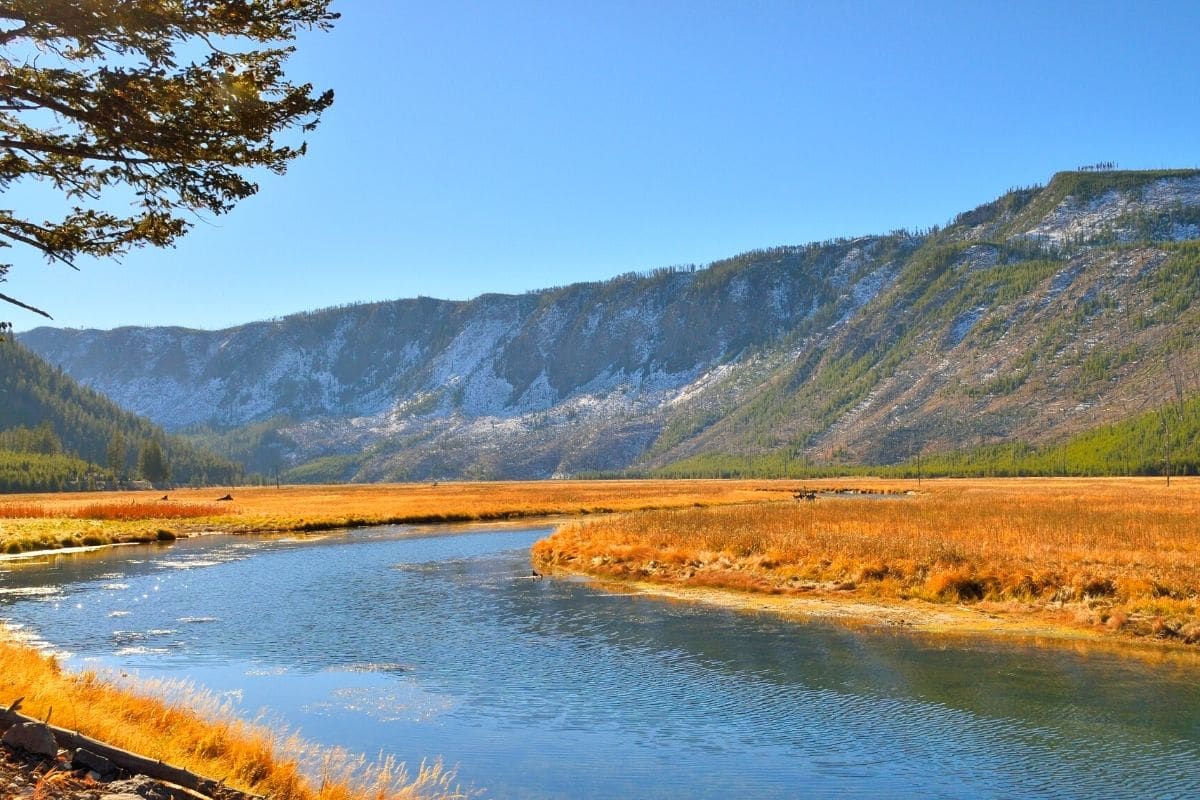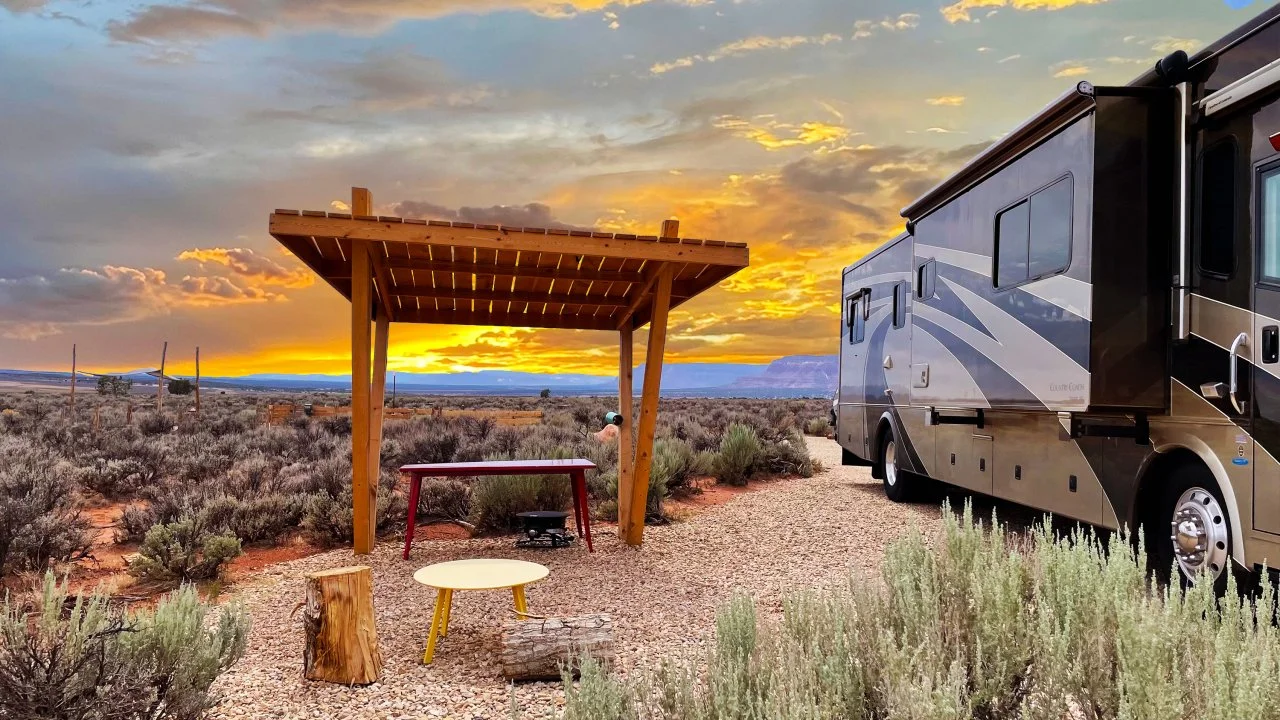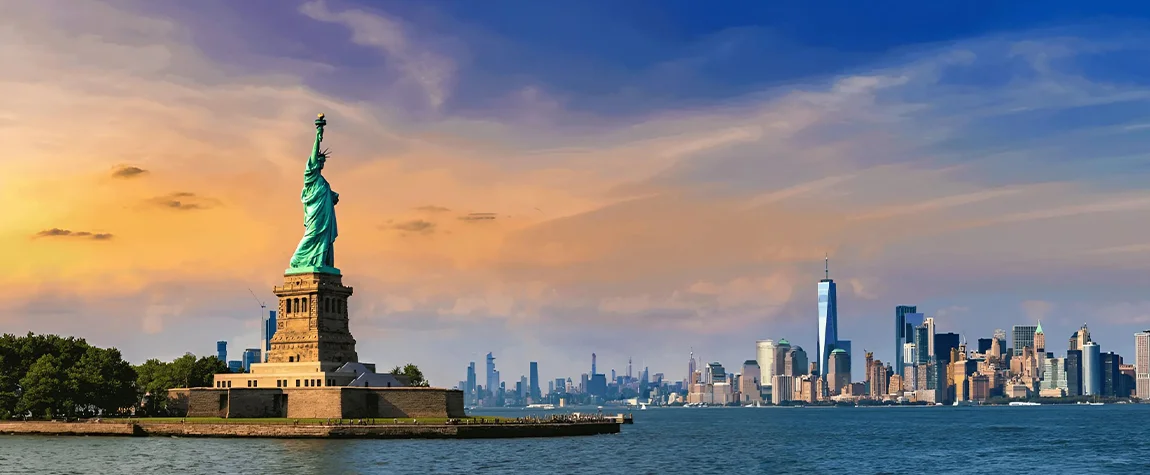The United States is vast, diverse, and filled with incredible landscapes, cultures, and experiences. For first-time visitors, planning a trip can be both exciting and overwhelming. With 50 states, countless national parks, and iconic cities, it’s impossible to see everything in one visit—but with the right itinerary, you can experience the very best the country has to offer.
This detailed USA travel itinerary for first-time visitors highlights the most famous destinations, must-do experiences, and travel tips to make your American adventure unforgettable.
Why Visit the USA?
The U.S. is a land of contrasts—towering mountains, vibrant cities, peaceful beaches, and endless highways. Each region has its own flavor, from the jazz-filled streets of New Orleans to the neon lights of Las Vegas. Travelers can explore centuries of history, marvel at natural wonders, or simply soak in the spirit of adventure that defines America.
For first-time visitors, it’s best to focus on a few key regions rather than trying to cover the entire country. The following itinerary is designed to balance iconic landmarks, scenic drives, and authentic cultural experiences.
Table: Sample 14-Day USA Itinerary for First-Time Visitors
| Day | Destination | State | Highlights |
|---|---|---|---|
| 1–3 | New York City | New York | Times Square, Central Park, Statue of Liberty |
| 4–5 | Washington, D.C. | District of Columbia | National Mall, Smithsonian Museums, White House |
| 6–7 | Nashville | Tennessee | Country Music Hall of Fame, live music, Southern cuisine |
| 8–9 | New Orleans | Louisiana | French Quarter, jazz clubs, Creole food |
| 10–11 | Las Vegas | Nevada | The Strip, shows, nearby Grand Canyon trip |
| 12–14 | San Francisco | California | Golden Gate Bridge, Alcatraz, Fisherman’s Wharf |
Days 1–3: New York City, New York
Your journey begins in the city that never sleeps. New York City is a world in itself, filled with landmarks, culture, and energy. Start with iconic sites like Times Square, Central Park, and the Statue of Liberty. Walk across the Brooklyn Bridge for skyline views and visit museums like the Metropolitan Museum of Art or Museum of Modern Art (MoMA).
For first-time visitors, exploring neighborhoods such as Greenwich Village, SoHo, and Chinatown provides a glimpse into the city’s diversity. End your day with a Broadway show or a rooftop dinner overlooking the city lights.
Days 4–5: Washington, D.C. – History and Monuments
From New York, take a short train ride or flight to Washington, D.C., the nation’s capital. Spend two days exploring the National Mall, where you’ll find the Lincoln Memorial, Capitol Building, and Washington Monument.
The Smithsonian Museums—including the Air and Space Museum and the National Museum of American History—are free and world-class. Don’t miss the charming Georgetown district for waterfront dining and boutique shopping.
Washington, D.C. offers a fascinating mix of politics, history, and culture, making it an essential stop for any first-time visitor.
Days 6–7: Nashville, Tennessee – The Music City
Fly to Nashville, where southern hospitality and live music await. Nashville’s Broadway Avenue comes alive with honky-tonk bars, while attractions like the Country Music Hall of Fame and the Johnny Cash Museum celebrate the city’s rich musical heritage.
Couples can take a romantic evening walk along the John Seigenthaler Pedestrian Bridge or dine in one of Nashville’s renowned barbecue or hot chicken restaurants.
Nashville provides a cultural shift from the East Coast—relaxed, soulful, and authentically American.
Days 8–9: New Orleans, Louisiana – Culture and Cuisine
Next, head south to New Orleans, one of America’s most vibrant and historic cities. Known for jazz music, colorful architecture, and mouthwatering Creole cuisine, New Orleans is a feast for the senses.
Stroll through the French Quarter, listen to live jazz on Frenchmen Street, and savor local dishes like gumbo and beignets. A steamboat ride along the Mississippi River offers stunning city views.
For travelers interested in unique experiences, New Orleans’ mix of music, culture, and celebration captures the essence of America’s creative spirit.
Days 10–11: Las Vegas, Nevada – Lights and Adventure
Fly west to Las Vegas, where entertainment and excitement never stop. Beyond the casinos, Las Vegas offers world-class dining, concerts, and theatrical shows. Visit iconic hotels like the Bellagio and Venetian, or take a short trip to the Grand Canyon or Hoover Dam.
For something different, explore Red Rock Canyon, located just outside the city, for hiking and desert scenery. Las Vegas combines glamour with natural beauty, making it a great balance between city fun and outdoor adventure.
Days 12–14: San Francisco, California – Coastal Beauty and Culture
End your U.S. journey in the golden city of San Francisco. Ride the historic cable cars, walk across the Golden Gate Bridge, and explore Fisherman’s Wharf and Alcatraz Island. The city’s hilly streets and colorful Victorian houses offer endless photo opportunities.
Don’t miss nearby attractions like Muir Woods National Monument, home to giant redwood trees, or a day trip to Napa Valley for wine tasting. San Francisco’s mix of natural beauty, innovation, and multicultural energy leaves a lasting impression.
Alternative Ideas for Extended Trips
If you have more than two weeks, consider exploring the country’s stunning landscapes through road trips and national parks. The USA is home to some of the world’s most scenic drives, such as Route 66, the Pacific Coast Highway, and Blue Ridge Parkway. For travelers who love the outdoors, exploring Scenic RV Camping Routes Across the United States offers a more flexible, nature-filled experience.
From Yosemite to Yellowstone, and the Great Smoky Mountains to the Grand Canyon, the possibilities are endless for those who crave adventure and freedom on the open road.
Travel Tips for First-Time Visitors to the USA
- Visa and Documentation: Check visa requirements before travel. Many visitors need an ESTA authorization under the Visa Waiver Program.
- Transportation: Domestic flights are the fastest for long distances, but renting a car is ideal for exploring regional attractions.
- Currency and Tipping: The U.S. dollar is the standard currency, and tipping (15–20%) is customary in restaurants and taxis.
- Time Zones: The USA spans multiple time zones—plan flights and connections accordingly.
- Weather: The country’s vast geography means diverse climates; pack layers and check forecasts for each stop.
- Connectivity: Most cities have strong Wi-Fi coverage, and mobile SIM cards are available for international travelers.
- Safety: Major tourist destinations are generally safe, but always stay aware of your surroundings and secure valuables.
FAQs About Traveling in the USA
Q1: How many days are enough for a first-time trip to the USA?
Two to three weeks is ideal for covering key highlights across several regions without feeling rushed.
Q2: What is the best time of year to visit the USA?
Spring (April–June) and fall (September–October) offer pleasant weather and fewer crowds.
Q3: Can I travel across the USA by train?
Yes. Amtrak operates long-distance routes connecting major cities and scenic regions, offering a comfortable way to see the country.
Q4: What are must-see landmarks for first-time visitors?
The Statue of Liberty, Grand Canyon, Golden Gate Bridge, and Washington Monument are among the most iconic.
Q5: How should I budget for a U.S. trip?
Expect to spend $150–$300 per day, depending on accommodation, dining, and activities. Booking in advance can help reduce costs.
Final Thoughts
Creating the perfect USA travel itinerary for first-time visitors means balancing iconic attractions with authentic local experiences. From the bright lights of New York to the serene landscapes of California, every stop tells a story about America’s diversity and spirit.
Whether you prefer big cities, national parks, or cross-country road trips, the United States offers something for every traveler. Plan wisely, travel with curiosity, and you’ll leave with memories that last a lifetime.







